Pain from a wisdom tooth (left upper) had been getting worse every day. On the tenth day, I took no painkillers that morning and began documenting the pain.
A typical 5-minute episode that morning, using no painkillers:
Though I almost never get headaches myself, I added what to me were more intuitive labels to a common 1-10 pain scale. The top line of my chart is a 9 on the common 1-10 pain scale, the bottom edge is zero.
To chart my pain, I used a ticking clock, and forced myself to sit down and make a tick mark on a chart every two seconds. I tried hard to hold still and not cry out, so I could get a better idea of how much my self control was affected. Without painkillers, my tooth was extremely sensitive to tiny, tiny changes in heat or cold, so I had to keep my mouth shut and my tongue over the area or a pain episode would start.
Why I Decided To Live With Pain
I had so far had a filling replacement that didn’t help, a consultation with two dentists, and another procedure scheduled. It frustrated me that no reference or professional seemed to understand clearly what caused that pain.
One benefit of at least trying to find options was that because there was no tooth next to the wisdom tooth, keeping it would mean I could keep chewing on that side. Neither a root canal (too much bone loss) nor an implant (too close to sinus cavity) were an option. Keep it or have it extracted were my only choices. And losing the ability to chew on one side meant challenges with TMJ, which I’ve had some difficulty with.
But mainly, this started because as I was talking to the two dentists, I just couldn’t help thinking: Why doesn’t anyone know anything about this pain? What if I could find something that would help? What if I could learn something about the pain that could help me solve the problem, and save the tooth, and maybe help other people? What I learned in the end was something that I would definitely have paid money to know.
So at first, I experimented with topical pain killers (eugenol/clove oil and benzocaine) combined with comparing acetaminophen to ibuprofen. But they didn’t help much, and pain got steadily worse each day. I never tried any opioid pain killers of any kind. I did try also try menthol on the skin near the pain (without any success).
How Much Pain?
In life experiences up to this point, I had learned I was more tolerant of pain than most people. Pain-sensitive people had at times told me IÂ seemed almost masochistic (I’m not, though I loved hard physical challenges when I was younger). Â However, I also learned that while more pain-tolerant women were rare, it wasn’t all that uncommon in men (which most studies bear out). So some some less pain-sensitive men might find me merely typical.
What I experienced went well beyond “severe pain.” The pain came in episodes of about 5 minutes each, 3-8 times/hour. Why 5-minute episodes? I have no idea.
At the dark areas in the peak shown above and below, it was really difficult to keep making tick marks. Sometimes I failed. I was not able to complete a chart in all cases.
Severe pain (dotted line on chart) was where I began to lose self-control, fidgeting, basically saying “screw this.” Up to that point I felt I had control, if only minimally. Beyond that point self-control was increasingly difficult. And  the pain pulsed a lot, making sharp, unpredictable increases in as little as a second or two, which was psychologically frustrating.
Here was another typical chart from that morning, caused by sipping warm water through a straw in tiny amounts (pain from “tooth temperature sensitivity”):
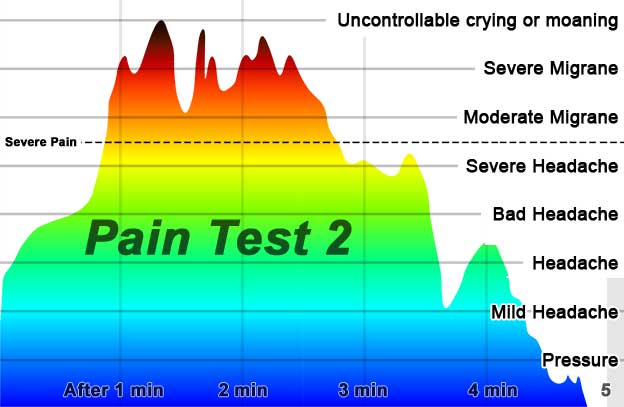 Since I was trying not to cry out, it was strange when I did (usually a short moan), almost like hearing myself without realizing it was me speaking.
Since I was trying not to cry out, it was strange when I did (usually a short moan), almost like hearing myself without realizing it was me speaking.
The Surprising Solution “One Weird Trick:”
This was getting really, really difficult. But I charted another two similar episodes, and then a few minutes later, a fifth episode began. I had now been up nearly two hours at this point without painkillers. This last time, I had a long sneeze towards the end of the worst of the pain. In just a few seconds, virtually all pain disappeared:
What had just happened? In fact, the pain had dropped faster than my ability to clearly chart it, basically ending in about 3 seconds. (There was also some additional mild pain during the 4-5 minute mark, but I stopped tracking at the 3.5 minute mark because of the surprising drop.)
During the next episode I experimented with trying to imitate “holding a sneeze,” and most of the pain was gone. This was miraculous!
At that point I had work obligations (I run a training and consulting business) and had to take some painkillers to get on with my full schedule that day. I did, but during the night, whenever I woke up, I experimented with different kinds of “sneeze holding.” My usual overnight pain then became virtually non-existent.
At first, I would hold my nose and blow like one might do to try to make their ears pop when changing altitude rapidly on an airplane. Sometimes I would also put my finger in my ear on that side to prevent popping. (These are basically modified Valsalva maneuvers /HT Doug Nakatomi.)
► The key seemed to be that I the air pressure I created in my sinus cavity relieved the pain by putting pressure on a nerve. Eventually I found I could just puff out my cheeks as I created exhalation pressure and that would do the trick. No nose holding.
The next morning, I had an early morning tooth extraction scheduled. I began charting my pain again, without taking painkillers, using the new technique. The first episode was remarkably pain free—never more than just “pressure!” (a “1” on the 1-10 scale). So I passed on my second opportunity to have the tooth extracted, and resolved to continue experimenting.
Over time, I began to have almost no episodes, and any small pain I felt could be easily eliminated (kept to less than “pressure”) with my ear popping technique. Not only that, episodes became much shorter, around 2 minutes. However, at first, if I didn’t take action, the pain could rise to about a 4.
But each day the pain became less frequent, and episodes shorter and milder. At first it was still hard to bite on the tooth, but after four days I am using it half normally. No pain or sensitivity at all at the end of the fourth day other than that I can’t yet bite down really hard on the tooth.
People Thought I Was Crazy To Try This
Frankly, in the first few days, after I began maxing out on ibuprofen, I felt I’d made a mistake. I had severe pain, and I wasn’t learning anything. I actually needed to hold off taking painkillers whenever I could, because it took so much to have any effect so that I needed to limit time spent on painkillers to keep my daily dose under control. So the final morning one of my motivations to document my pain was that I had to sit still without any painkillers to help anyway.
There were lots of family around (Christmas 2013) and people were very surprised I didn’t get the tooth extracted to (probably) end the pain. My wife was as supportive as she could be, but she didn’t agree with my decision to keep experimenting.
But it really irritated me that few people ever look into things like this. I had no reason to expect that I could affect my tooth pain, but if I could stand a few days of suffering to see if there was some way to save the tooth, and learn something about the pain, I was willing to try. And now I’m glad I did 🙂
Postscript: Dangers of Painkillers
Of course, acetaminophen (common brand: Tylenol) and ibuprofen (common brand: Advil) can land you in the emergency room if you overdose.  Acetaminophen in particular is really dangerous, with more than 1,500 people in the U.S. dead from accidental acetaminophen overdoses in less than a decade. And ibuprofen has a high risk of gastrointestinal ulceration, bleeding, and perforation. Always take it with food!
The problem is that acetaminophen’s fatal level is only a little higher than it’s recommended daily maximum, and it isn’t particularly good at attenuating tooth pain (neither is ibuprofen). This means it would quickly reach fatal levels if I were to take it “until the pain stops,” or if I thought acetaminophen was as safe as ibuprofen and took a similar number of pills.
Note: Someone asked “How did you make those charts?” I printed out a grid to mark on for tracking, then later photographed the result and photoshopped the area over the multi-colored gradient.
Also, my wife suggested I add this XKCD comic to describe my process:
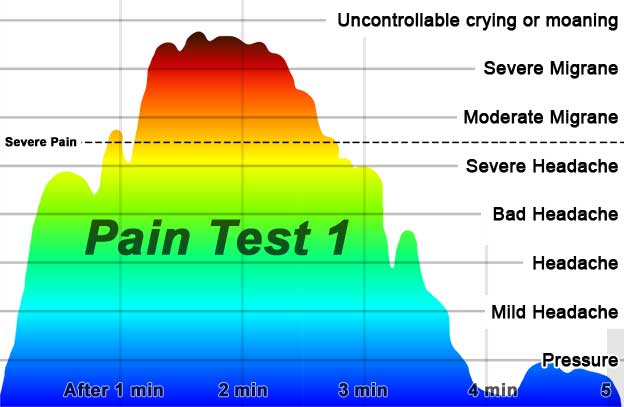
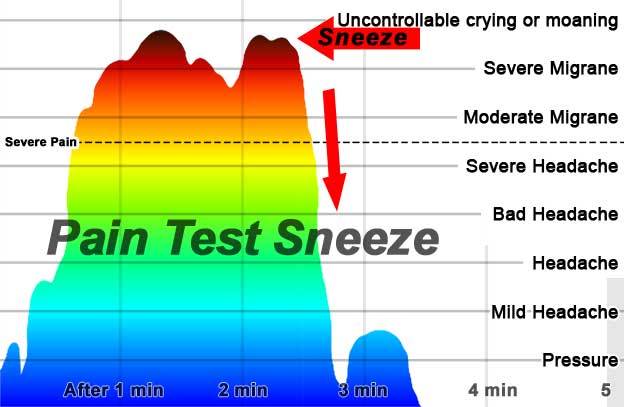
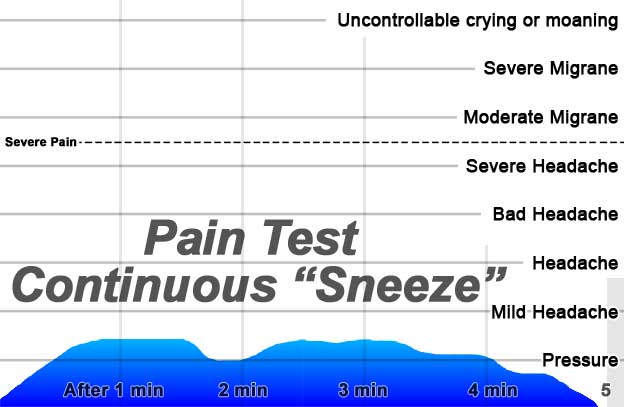
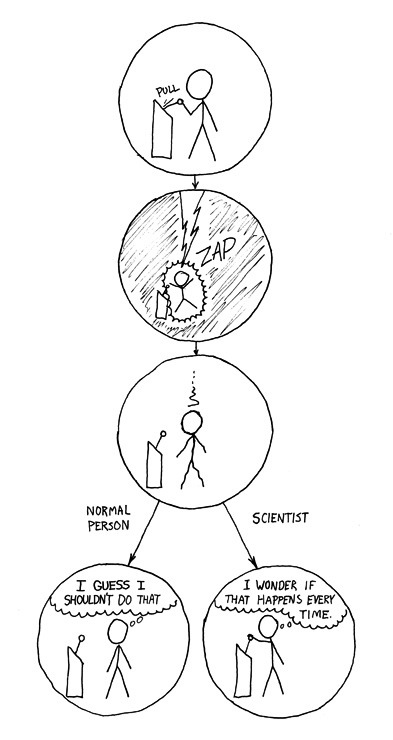
You have to send the casino an email to gather the remaining award amount.
Also visit my homeplage :: get more info
Superb, what a weblog it is! This website presents valuable information to us, keep it up.
Many new traders don’t know when the new trend had started.
This way you will not have to rely on a single data source to access
the knowledge and strategies for buying
and selling at the right times.
Dubai D’Occasion Recherche De Voiture D’Event
Les informations à caractère nominatif family members
aux acheteurs pourront faire l’objet d’un traitement automatisé.
Existant depuis les années 1990, ils permettent aux développeurs de websites
internet de conserver des données utilisateur afin de faciliter la navigation et de permettre certaines fonctionnalités.
Le however étant de collecter des informations relations à votre navigation. Vous connaîtrez précisément le montant de ces
frais lors de la transmission de nos devis, à l’étape 2.
Si vous disposez du finances suffisant pour faire appel à ce moyen de transport, n’hésitez pas
et foncez. Mais encore une fois, il serait judicieux de contacter un professionnel pour organiser l’importation de votre voiture.
Pour cela, il est nécessaire d’être en possession d’un permis
de conduire adapté à la catégorie du véhicule concerné,
ainsi qu’une assurance. Généralement, ces justificatifs ne sont pas demandés,
une attestation sur l’honneur est suffisante. Ensuite, vous
passerez au règlement du montant de la carte grise par
carte bancaire. Si le véhicule acheté d’occasion, un quitus de non-fiscalité vous sera remis pour être exempté de taxes, ce doc est remis gratuitement.
Avant de vous engager, sachez que l’Union européenne
et Dubaï n’ont pas conclu d’accord quant aux échanges transfrontaliers liés aux voitures.
Importer votre voiture depuis Dubaï vous demande donc
de recourir à un import maritime majoré – mais qui reste très
intéressant au vu du prix d’achat du véhicule.
Si vous êtes intéressé, comprenez 1500 à 2000€ de frets et d’assurance maritime,
sans oublier des frais portuaires de a thousand à
1500€.
Toutefois, il faut souligner que les frais d’importation sont relativement élevés.
Dans le cas d’un achat, le montant est souvent compris
dans le package. Mais si vous éprouvez des difficultés financières, pensez à revendre votre véhicule avant de quitter Dubaï.
Les différents sorts de réception permettent d’attester que
le véhicule importé respecte bien le code de la route.
Vous devez faire votre demande via le réseau constructeur pour en obtenir une qui respecte la réglementation française.
Vous validez votre choix et dès réception de votre règlement, nous nous chargeons de l’ensemble des formalités administratives sur place pour organiser l’import de votre voiture depuis Dubaï.
Même si vous faites venir un véhicule déjà immatriculé à Dubaï, vous
devrez faire les démarches administratives pour l’immatriculer en France afin de pouvoir circuler en règle.
Dubaï se situe en dehors de la zone européenne, et aucun accord économique n’a été
conclu entre l’UE et les EAU. Bien que vous puissiez
importer votre propre véhicule à Dubaï, il est, en règle générale, bien plus
pratique et moins onéreux d’acheter une voiture
sur place. Si cette possibility vous intéresse, prenez le temps de bien vous renseigner.
Le copropriétaire à côté de chez moi possède deux garages ; il
y a un an environ, il m’avait dit qu’il y avait de bonnes affaires autos,
là-bas. Apres il y aura toujours des gens qui sont okay pour payer 20-30% de moins
que les imports US, en prenant un import Dubai, mais avoir
une voiture declare salvage. A dubai le title salvage disparait une fois la voiture
mise en circulation. Parce que si déjà il n’est pas au norme française,
je laisserais tomber tout de suite.
Actuellement nous n’avons pas d’annonce de véhicules aux enchères, mais si vous souhaitez avoir une estimation pour la mise en vente de votre véhicule veuillez lire la suite ci-dessous.
Vous pouvez maintenant choisir parmi nos offres pour profiter au mieux de tous les avantages des alertes leparking et
vous donner toutes les possibilities de trouver la voiture de vos rêves.
Le processus complet est plus long et un peu plus complexe qu’un achat de voiture classique, c’est pourquoi
je vous propose de le découvrir en détail dans ce information. Top Cars Importation ©
est habilité par le service du gouvernement
d’immatriculation des véhicules. Nous proposons également l’accompagnement dans l’achat de votre véhicule en Allemagne.
Nous disposons d’un parc de voitures d’occasion à proximité de Marseille 13.
What’s up colleagues, nice article and nice urging commented at this place,
I am truly enjoying by these.
I do not even understand how I finished up here, however I thought this post used to
be great. I do not realize who you’re however definitely you are going to a well-known blogger in the event you aren’t
already. Cheers!
وکیل مهاجرت به کانادا فقط در اخذ شهروندی
کشور کانادا کمک نمیکند، بلکه
خدمات گستردهی دیگری هم به اشخاص ارائه میکند.
چنانچه قرارداد خود را با
شخص دیگری امضا کنید ، قرارداد شما از نظر اداره
مهاجرت کانادا دارای اعتبار نیست.
مرز مشترک کانادا با آمریکا، دارای رکورد طولانی ترین مرز زمینی در
جهان است و همین نزدیکی و مجاورت
بین 2 کشور موجب گشته است که روابط اقتصادی و تجاری بین کانادا و آمریکا بسیار گسترده باشد و این گستردگی تا حدی است که میتوان گفت
حجم و ارزش معاملات این دو کشور
با یکدیگر از میزان معاملات
هر دو کشور دیگری در جهان بیشتر است.
اگر از وسایل نقلیه عمومی استفاده می
کنید بایستی بلیط تهیه کنید که این بلیط ها
عموما معتبر چند ساعته هستند.
Good write-up. I definitely appreciate this site. Keep writing!
BigSpin provides a generous very first deposit match bonus of 200%
up to $1,000.
If you are serious about penny-pinching then utilise IRCTC.
Feel free to surf to myy blog: read more
Amazon Relational Database Service (RDS)
А комфорт совершаемых операций обеспечивает безотчетно понятный интерфейс.
Have a look at my web page :: 1win букмекерская контора
I am actually thankful to the owner of this web site
who has shared this fantastic paragraph at here.
We’re really clever about when we use our days off, long weekends, overtime and
so on.